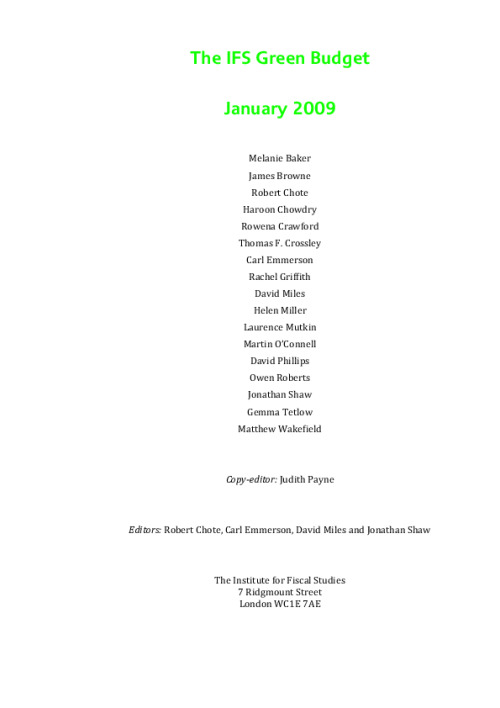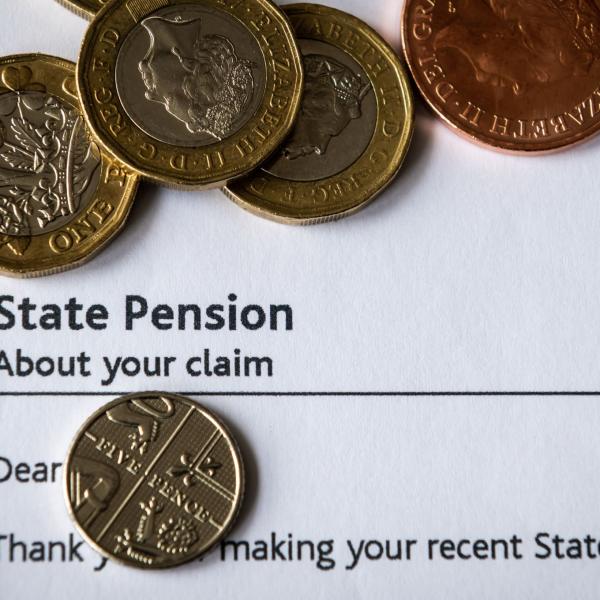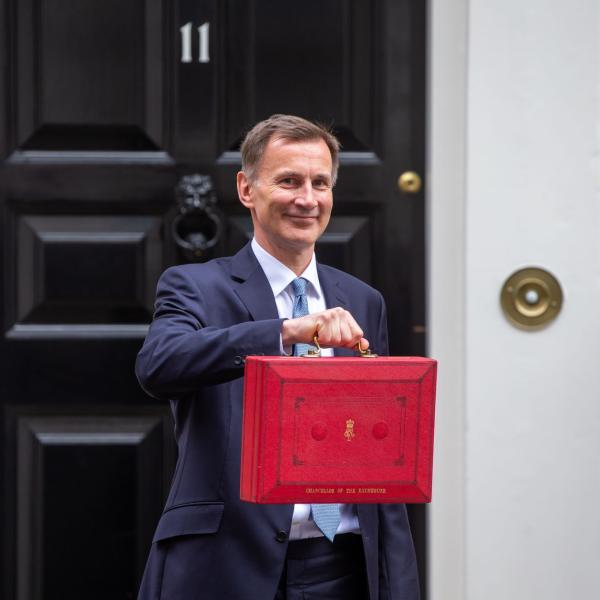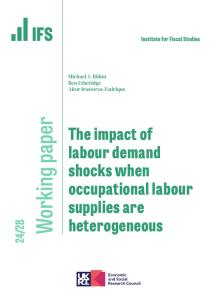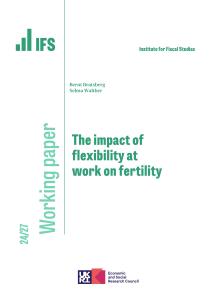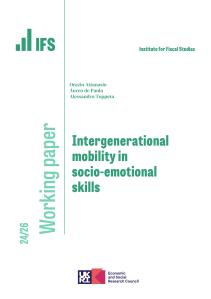The Green Budget 2009 was edited by Robert Chote, Carl Emmerson, David Miles and Jonathan Shaw, and copy-edited by Judith Payne. It was produced in collaboration with Morgan Stanley and with additional funding from the ESRC-funded Centre for the Microeconomic Analysis of Public Policy at IFS. See Prime Minister's Question Time (BBC online), where the Green Budget was the subject of heated debate between the Prime Minister and the leader of the Opposition. |
Chapter 1: SUMMARY
Chapter 2: THE PUBLIC FINANCES UNDER LABOUR
2.1 Introduction
2.2 Labour's inheritance and objectives
2.3 Labour's record prior to the credit crunch
2.4 Labour's forecasts for the next five years
2.5 Uncertainty and the Treasury's fiscal forecasts
2.6 Conclusions
Chapter 3: THE FISCAL IMPACT OF THE CREDIT CRUNCH
3.1 Introduction
3.2 Public sector debt and debt interest
3.3 Policy measures in the Pre-Budget Reports
3.4 Conclusions
Chapter 4: THE ECONOMIC OUTLOOK
4.1 Introduction
4.2 Recent developments and near-term outlook
4.3 Trend growth and the economic cycle
4.4 Conclusions: three scenarios for the next five years
Chapter 5: THE FISCAL RULES AND POLICY FRAMEWORK
5.1 Introduction
5.2 Gordon Brown's fiscal rules
5.3 A new temporary operating rule
5.4 An improved fiscal framework
5.5 Conclusions
Chapter 6: GREEN BUDGET PUBLIC FINANCE FORECASTS
6.1 Introduction
6.2 Short-term projections
6.3 Medium-term prospects
6.4 Alternative macroeconomic assumptions
6.5 The Budget judgement
Chapter 7: FUNDING GOVERNMENT BORROWING
7.1 Introduction
7.2 The likely scale of debt issuance
7.3 Gilt issuance and borrowing costs
7.4 Optimal debt management
7.5 Conclusions
Chapter 8: GOVERNMENT AND THE FINANCIAL SECTOR
8.1 Introduction
8.2 The cause of the problems
8.3 Government support for the financial sector
8.4 Stopping it all happening again
8.5 Conclusions
Chapter 9: PUBLIC SPENDING SET FOR A SQUEEZE
9.1 Introduction
9.2 Trends in UK public spending
9.3 Spending Reviews under Labour to date
9.4 Scenarios fo for the next Spending Review
9.5 Potential implications for policy outcomes
9.6 Conclusion
Chapter 10: VALUE ADDED TAX
10.1 Introduction
10.2 The structure and impact of VAT
10.3 Cutting VAT as a stimulus measure
10.4 Raising revenue by increasing the VAT rate
10.5 Raising revenue by broadening the VAT base
10.6 Conclusions
Chapter 11: INCOME TAX AND NATIONAL INSURANCE
11.1 Introduction
11.2 Reforms announced since Budget 2007
11.3 Income tax changes affecting the very rich
11.4 Alternative reform packages
11.5 Conclusions
Chapter 12: BUSINESS TAXATION
12.1 Introduction
12.2 Taxation of companies' foreign profits
12.3 Taxation of small companies
12.4 Empty property relief
12.5 Conclusions
APPENDICES
Appendix A: Forecasting public finances
Appendix B: Headline tax and benefit rates and thresholds
© The Institute for Fiscal Studies, January 2009
